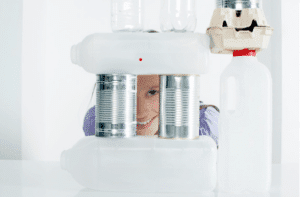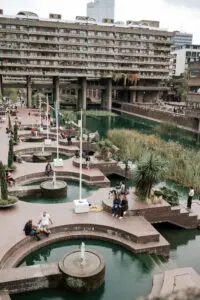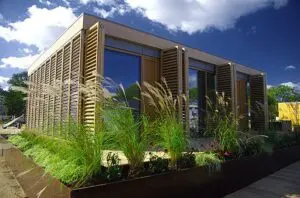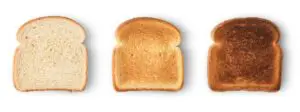This article contains collapsible sections with activity materials, instructions, and additional resources. Use the expand/collapse buttons to view each section.
Activity Content Sections
Click to expand or collapse the materials needed section






5 Comments
This was very cool and interesting
The students really enjoyed this activity. Students used what they learned about repurposing to build a hand held vacuum cleaner that actually picks up small debris. They use recycled products such as water bottles, to create a products. They took this activity to the next level.